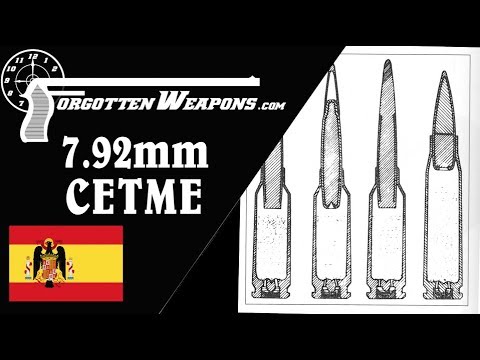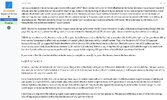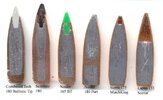WestKentucky
Member
I understand what twist rate is, and what it does, but why do makers pick certain twist rates for a given caliber? Is there something significant aside from real world testing that actually makes sense? This bore size and this velocity requires X twist rate… Or X RPM to stabilize a bullet Y weight? 1:7 for fast and light bullets in an AR. That’s 333000 rpm. But for a 32 long revolver 1:18 and 1/4 of the linear velocity so we are at 32000 rpm. That’s a factor of 10 in difference, yet both are known to be quite accurate within their normal use parameters. You can easily add in all kinds of other examples that fall in the middle, probably some more extreme on both high and low ends.
Why would a 1:10 .311 7.62 barrel not work with the 32 long? And why would the 1:18 barrel of the 32 not work with the AK?
I’m fully understanding that rifling essentially is an intention impartation of a gyroscope effect on the bullet, but I don’t understand the mechanics of why some bullets need to spin at hundreds of thousands of rpm when others spin significantly slower but are still quite accurate.
Please, if anybody knows the magic behind such twist rate wizardry, could you help a fella understand it?
Why would a 1:10 .311 7.62 barrel not work with the 32 long? And why would the 1:18 barrel of the 32 not work with the AK?
I’m fully understanding that rifling essentially is an intention impartation of a gyroscope effect on the bullet, but I don’t understand the mechanics of why some bullets need to spin at hundreds of thousands of rpm when others spin significantly slower but are still quite accurate.
Please, if anybody knows the magic behind such twist rate wizardry, could you help a fella understand it?




